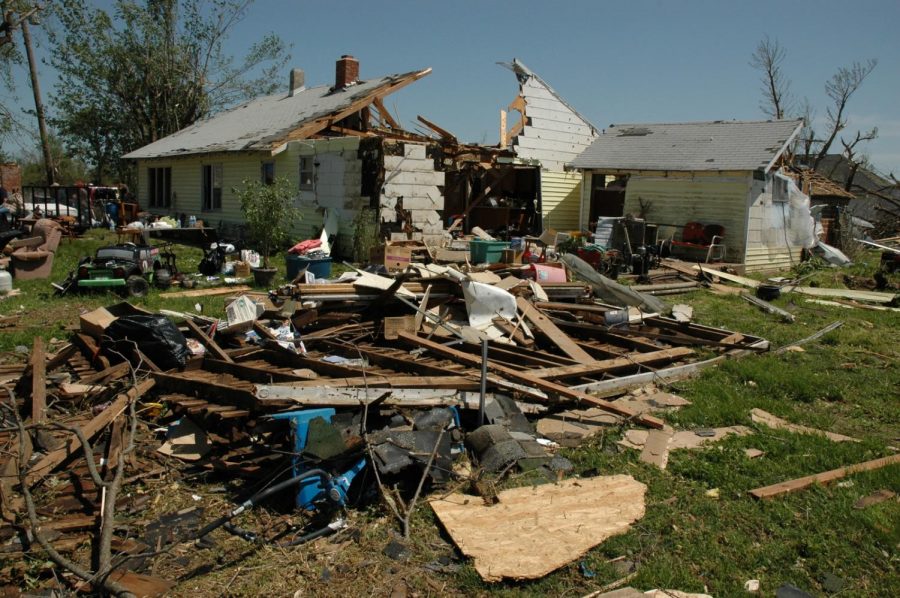Preparing for Tornado Season in 2021
Tornadoes are somewhat commonplace in the Midwest, and often aren’t more than a brushing assault of wind that may cause a power outage at the most.
In Missouri, peak tornado season is March to May. Tornadoes are a very common occurrence in Missouri, as our state finds itself typically in the top-middle section of tornado alley. Tornado alley is a large selection of states that are especially prone to tornadoes. This area of states includes Texas, Oklahoma, Kansas, Nebraska, Iowa, and South Dakota. Depending on the year, as tornado alley is certainly prone to change, it can sometimes include Minnesota, Wisconsin, Illinois, Indiana, North Dakota, Ohio, and of course, Missouri.
Most tornadoes (about 77%) in the US are considered to be ‘weak’, like EF-0 to EF-1 tornadoes. Alongside that, a whopping 97% of tornadoes are under the E-3 category. On some occasions though, tornadoes are destructive, powerful, and merciless. Wiping out homes and buildings with shocking ferocity, tornadoes often carry an unprecedented danger that is swept under the rug due to the majority of tornadoes being just category 1 or 2 tornadoes with minimal damage. Though tornadoes often aren’t deadly, it doesn’t deny the fact that all of us need to know what to do in the case of a tornado: minor or major.
The first thing to note is the warning signs that a tornado may be on the horizon – severe thunderstorms (usually green or yellow clouds), a rumbling sound longer than that of the traditional thunder, and a funnel cloud. Heavy hail or rain can also indicate the existence of a tornado. Often weather officials and professionals will sound Amber Alerts, or the more common tornado drill, which was also tested statewide on March 2nd, 2021 in preparation for tornado season.
The second precaution is how to prepare for the possibility of a tornado. It’s always good to have a plan in case of emergency, and the CDC recommends these things to ensure the safety of yourself and your family. Access to a safe shelter, preferably without windows or doors, that can accommodate your family as well as if anyone that lives with you that has special needs. Being sure of this is important before an emergency because if something were to go wrong, the timespan of which it can be fixed is thin. Secondly, an emergency kit that has water, non-perishable food, medication if necessary, and important information – including telephone numbers. Having these necessities easily accessible for not only an emergency but the aftermath of a tornado can mean the world.
In the case of an emergency, make sure to move to the lowest floor without windows to avoid any possible debris. Be sure to find something to protect your head – whether it be your hands, as in a traditional school-conducted tornado drill or a sturdy item. It’s very important that you do not take shelter in a mobile home if that’s where you live. If an emergency occurs while you are in a car, don’t try to outrun it – find the nearest possible building.
Staying safe during tornado season is incredibly important because there’s no telling how intense a tornado will hit. By keeping everyone you live with informed and aware of what to do, your odds of staying safe during a tornado are much, much better.












